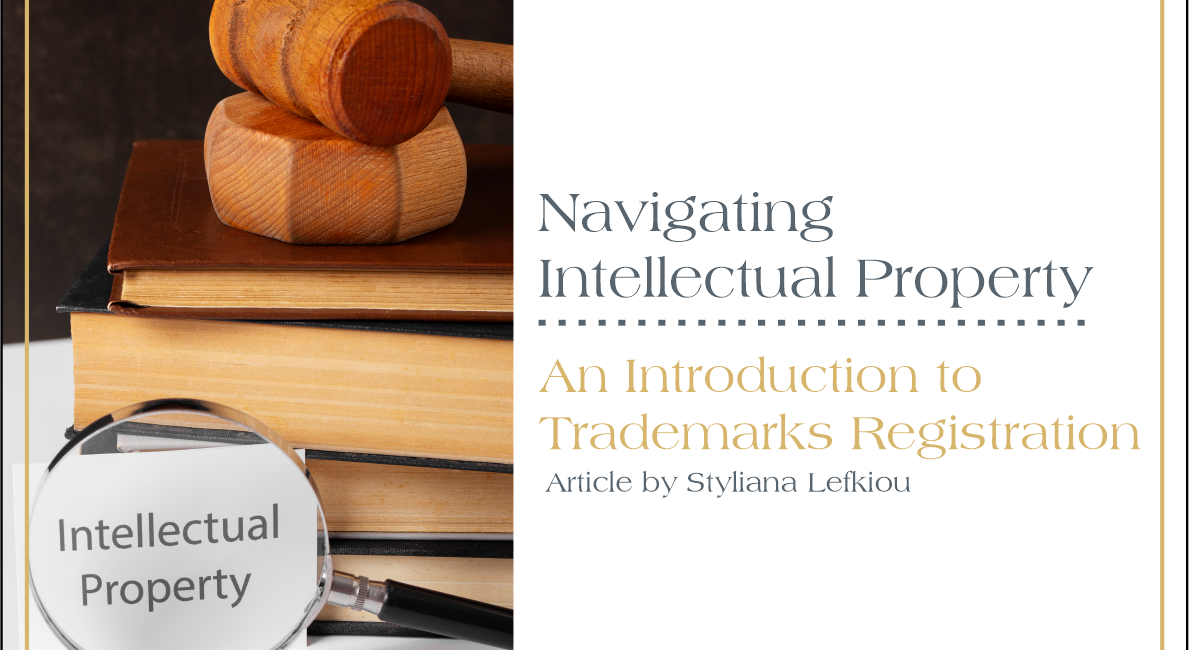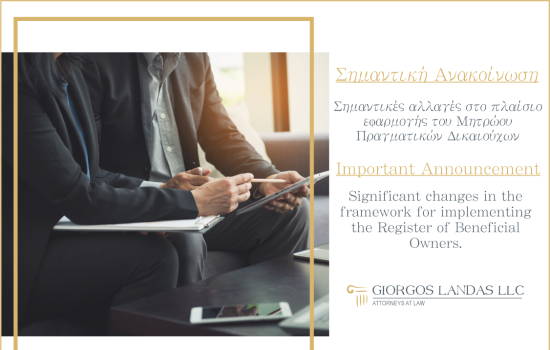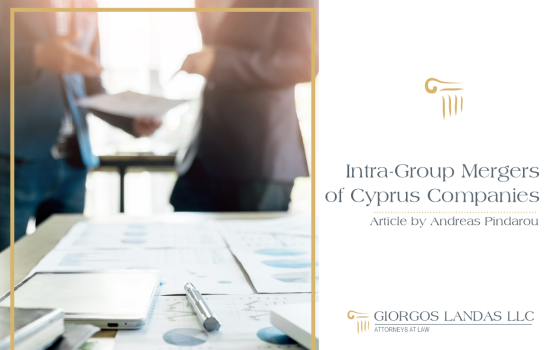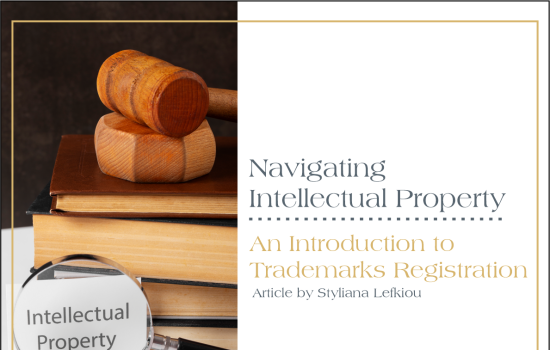WHAT IS INTELLECTUAL PROPERTY?
Intellectual Property (IP) refers to creations of the mind, such as inventions, literary and artistic works, designs, symbols, names, and images used in commerce. IP gives creators exclusive rights over the use of their creations for a certain period, encouraging innovation and creativity.
There are several types of intellectual property namely trademarks, copyright, patent and industrial design.
WHY IP SHOULD BE REGISTERED AND/OR PROTECTED?
Registering and protecting Intellectual Property (IP) is crucial for several reasons, offering both legal and practical advantages to individuals, businesses, and society. Specifically, it offers the holder of the IP right legal protection and exclusive rights. The holder of the IP right is granted the exclusive right to use or sell or license or exploit their creation in any other way. In the event that the holder’s IP right is infringed, the IP holder shall have the basis to file a legal action, to claim damages or even request the cessation of unauthorized use of the registered and/or protected IP right. Additionally, it offers the holder of the IP right economic benefits, encouragement of innovation and brand recognition. To conclude, by protecting IP, the creators and businessesalikeensure that their investments in R&D, innovation and creativity are safeguarded, creating an environment that fosters continuous progress and development.
UNDERSTANDING TYPES OF IP?
Understanding the different types of Intellectual Property can assist the proprietor to choose the most appropriate protection.
A trademark (TM) is a unique element or combination of elements used to differentiate and/or distinguish the products or services of one business from those of other businesses, such as words, person’s names, drawings, letters, numbers. Illustrations, colors, shape of product, shape of packaging.
A copyright is the protection of the work of a creator, such us novels, stories, articles, drawings, woodcuts, sculptures, photographs, computer programs, animations, databases etc. Copyright is acquired automatically, without the need to file the work or apply to any authority and the exploitation right can be exercised automatically.
A patent is an IP right over an invention, such as discoveries, schemes, aesthetic creations etc.
An industrial design refers to the external appearance of a product, either in whole or in part, which results from specific features such as outline, shape, form, colors, texture etc.
For further assistance on choosing the most suitable type of IP according to your needs and/or requirements, you may visit the following link and complete the available questionnaire: https://www.intellectualproperty.gov.cy/en/450 . For specialized advice and registration you should contact a licensed legal professional.
WHAT ARE THE CLASSES OF A TRADEMARK?
Products and services for which trademark registration is sought are categorized into different classes. The Nice Classification, established by the Nice Agreement and periodically updated, serves as the system for organizing these categories. The Nice Classification includes 45 classes in total, with classes 1 through 34 covering certain goods and classes 35 through 45 encompassing services. Each class is assigned a title that provides an indicative description of the products or services it includes, along with explanatory notes to clarify the terms used.
HOW IS IP PROTECTION ACQUIRED – REGISTERING A TRADEMARK
Almost all kinds of IP Rights can be protected through the submission of an application for registration (copyrights are an exception since they are automatically protected from the creation of them). Specifically, trademarks may acquire protection through the submission of an application for registration either to a national intellectual property office, the European Intellectual Property Office (EUIPO) or the Word Intellectual Property Office (WIPO). It is important to note that the registration of any TM requires the appointment of a lawyer as representative. An essential step prior to the submission of a TM application would be a preliminary search on relevant TM databases/registers to ensure the availability of the TM that interest each client, avoiding any possible resemblance with other TMs that are already registered and/or have pending applications with the same classes. Finally, crucial to the registration of TM is choosing the right classes that correspond to the nature of the goods and/or services under each mark that interest each client.
Upon execution of such preliminary search and submission of the application for registration of the TM, the relevant Intellectual Property Office either accepts or declines or returns the application to the applicant, for the latter to cure any irregularities emerged from the submission of the application (if curable).
Once the application is accepted, the TM is published to the Government’s Gazette and/or official registry of TMs for oppositions by anyone with legitimate interest, such as anyone who has a similar and/or identical TM already registered. The period in which the TM is published and able to receive opposition is 3 (three) months from the publication.
In case the newly published TM receives an opposition within that period of three months, then the opposition procedure begins. This procedure consists of the cooling off period, where the parties may resolve the IP dispute bilaterally. If not, the opposition proceeds normally with the submission of the arguments and exhibits of each party supporting their case and finishes with the issuance of a decision from the relevant intellectual property authority.
In case the published TM receives no opposition within that timeframe it is registered as per the submitted application.
DURATION OF IP PROTECTION?
| Copyright: | seventy (70) years from the death of the creator or of the last of the co-creators. In case of musical composition, seventy (70) years from the death of the last surviving among the lyricist and the composer. |
| Trademark: | 10 years from registration, renewal available. |
| Patent: | Annual renewal, beginning from the third year of registration |
| Industrial Design: | 5 years from registration, renewal available. |
This article is meant to offer general guidance on the topic. Our legal firm GIORGOS LANDAS LLC can assist with trademark registration in Cyprus, the European Union, as well as internationally, and can address any other matters related to trademarks, copyrights and generally IP rights. For more details, feel free to reach out via our website or email us at info@landaslaw.com




